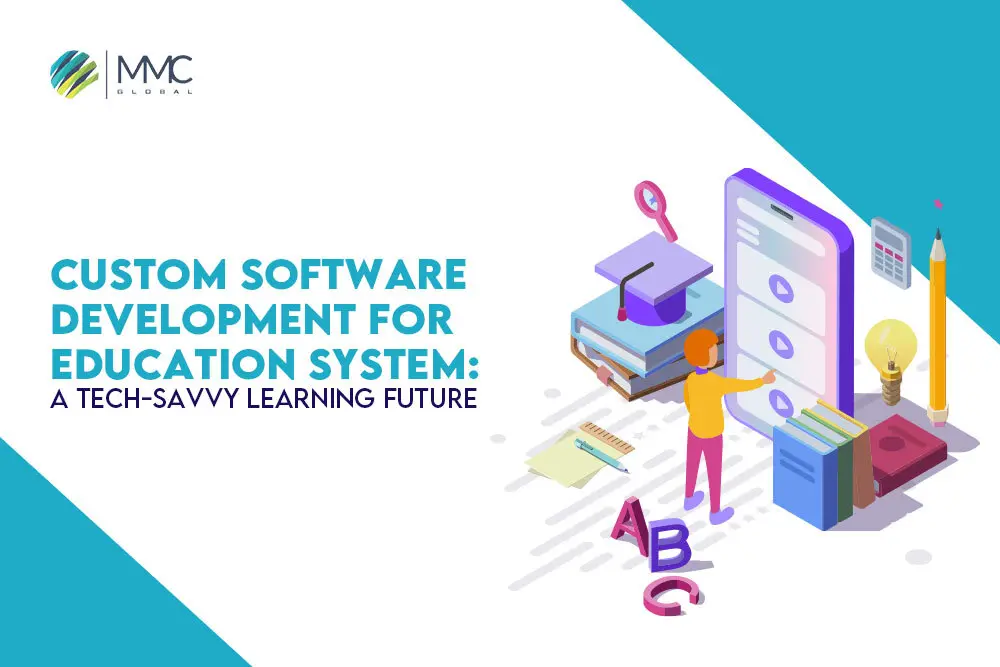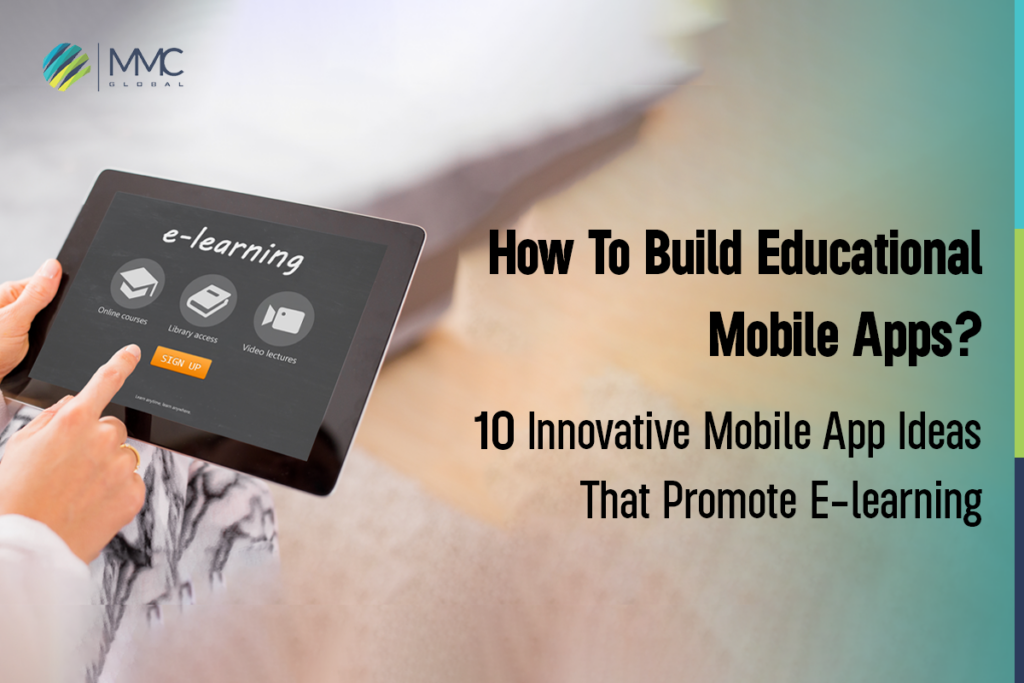Augmented Reality or AR is the finest and futuristic technology that transforms the way of living and doing things. It is considered one of the most adaptable and promising technologies in different sectors such as education, retailing, manufacturing, etc.
In this article, we will help you to know how Augmented Reality apps in education create a new opportunity to indulge in new learning ways. Augmented Reality can enhance and modernize the way of learning and development of students.
However, people think that AR technology is just for Creating entertaining stuff such as gaming, videos, and high-resolution series of cartoons. But the scope of AR is more than that, especially in the educational sector.

Enhancing Learning and Educating System With AR
AR makes the education system more engaging and personalizing by interacting with new learning equipment and the environment. By definition,
Augmented Reality (AR) is a technology that overlays digital information or virtual objects onto the real world. It allows users to interact with both real and virtual environments at the same time. AR typically requires a device, such as a smartphone, tablet, or headset, equipped with a camera, sensors, and a display. By capturing the user’s real-world environment through the camera, AR technology is able to superimpose virtual objects or information onto the user’s view of the real world.
AR can be used in various applications, such as gaming, education, marketing, and healthcare. For example, AR can create interactive games that blend the physical and virtual worlds. It enhances educational experiences by providing visual aids or simulations. In marketing, AR can allow customers to virtually try on clothing or visualize how furniture would look in their homes. In healthcare, AR can provide doctors with real-time information during surgery or assist with patient diagnosis and treatment.
AR is transforming the education sector by providing new ways for students to interact with and learn from the world around them.
Interactive Learning with Augmented Reality Apps
AR provides a more engaging and interactive learning experience for students. By superimposing virtual objects onto the real world, students can explore complex concepts in a hands-on way. For example, students can use AR to visualize complex biological structures or historical events in a more immersive and interactive way.
Virtual Field Trips
AR allows students to take virtual field trips to places they may not have the opportunity to visit in person. For example, students can use AR to explore ancient ruins or visit historical sites without leaving the classroom.
Simulations and Training
AR creates simulations and training modules for experiencing theoretical concepts in reality. It allows students to practice real-world skills in a safe and controlled environment. For example, medical students can use AR to practice surgical procedures, while trainee pilots can use AR to practice flight procedures.
Accessibility
AR can help make education more accessible for students with disabilities or learning difficulties. For example, AR can provide visual aids for students with visual impairments or audio cues for students with hearing impairments.
Read more: 7 Best Augmented Reality Games That You Need To Check Out Right Now!
To Sum Up
Augmented Reality (AR) is a technology that overlays digital information, such as graphics, sound, or video, onto the real world, enhancing or “augmenting” the user’s perception of the environment. It combines computer-generated sensory input with the user’s real-world view, creating an immersive and interactive experience.
AR technology makes education more accessible through smartphones, tablets, and smart glasses. Moreover, it uses cameras, sensors, and software to track and integrate digital content with the user’s surroundings.
Overall, AR is transforming education by providing new ways for students to learn and interact with the world around them, making education more engaging, interactive, and accessible.


